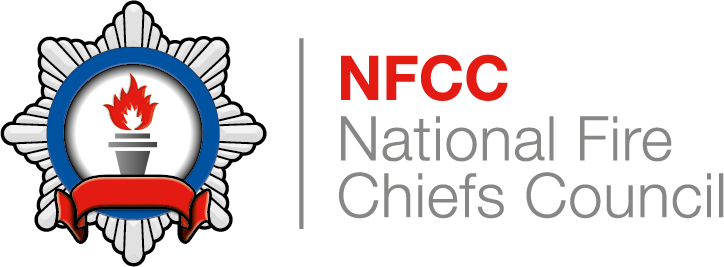Personal protective equipment
Control Measure Knowledge
Personal protective equipment (PPE) is defined in regulations as:
All equipment (including clothing affording protection against the weather) which is intended to be worn or held by a person at work and which protects the person against one or more risks to that person’s health or safety, and any addition or accessory designed to meet that objective.
If an employer finds PPE to be necessary after a risk assessment, they have a duty to provide it free of charge. It includes items such as:
- Helmets
- Gloves
- Eye protection
- High-visibility clothing
- Safety footwear
If PPE is required, employers must ensure their workers have sufficient information, instruction and training on its use. All workers must use the PPE properly, following training and instruction in its use from their employer. If the PPE the employer provides is lost or becomes defective, the worker should report that to them. It should be noted that a worker can be an employee or anyone who carries out casual or irregular work for one or more organisations, as long as they are not self-employed.
Equipment, such as chemical protective clothing (CPC), respiratory protective equipment (RPE) and safety harnesses, are also types of PPE and are covered in more detail elsewhere in guidance. PPE should be regarded as a last resort if risks to health and safety cannot be adequately controlled in other ways.
To avoid unsuitable selection, fire and rescue service risk assessments should define the specific PPE required for an activity. If more than one item of PPE is to be worn, they must be compatible with each other and adequately control the risks when used together. This information should be communicated to relevant personnel.
During protracted incidents, or when making up equipment, personnel may be inclined to relax PPE; incident commanders should be vigilant and base any decision to downgrade the need for PPE on an assessment of residual risk.
PPE must be maintained in good working order and correctly stored when not in use. If PPE has become dirty, contaminated or damaged it may not perform to the standard required or expected. PPE should only be worn if it has been subject to appropriate cleaning, decontamination and testing processes that are in accordance with the manufacturer’s instructions.
Fire and rescue services should ensure they have suitable arrangements in place to replenish supplies of PPE that are no longer in good working order, or are of a disposable type.
For legislative requirements, refer to:
- The Personal Protective Equipment at Work Regulations
- The Personal Protective Equipment at Work (Amendment) Regulations
- Personal Protective Equipment at Work Regulations (Northern Ireland)
For further information on respiratory protective equipment refer to Respiratory protective equipment.
